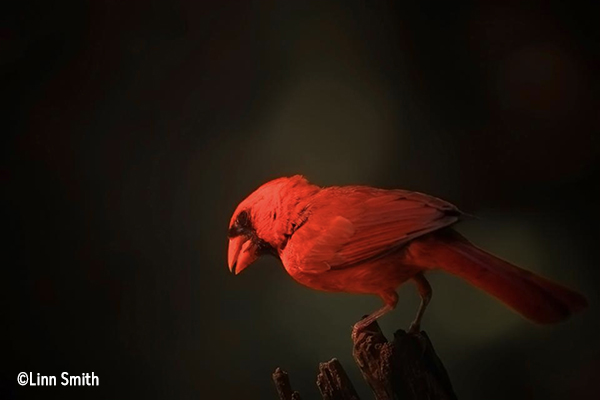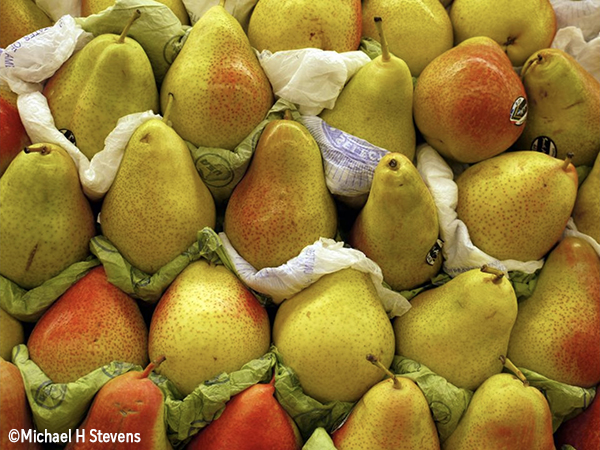Linn Smith: Photo of the Day Winner
Each day, the winning Photo of the Day image is posted as a thumbnail on the Shutterbug homepage. Click the thumb to see the full, uncropped image.
Here’s one we think you might especially enjoy.

This photo was posted by frequent contributor Linn Smith. Here’s what she wrote about the image: “A male cardinal has found a post where he can survey the immediate area to check on its surroundings. Captured with a Canon EOS 5D Mark III with a Canon EF 100-400mm Lens,1/3200 sec, f/5.6, ISO 12800.”
Notice that Linn was kind enough to include camera, lens and exposure data.
Easy 1-2-3 Tutorial
To learn how easy it is to submit your images for consideration as a Shutterbug Photo of the Day, read: Share Your Images — Photo of the Day Gallery where we put the spotlight on the work of frequent contributor and master photographer Jeff Van Scoyk.

Share info so we all can learn…
When you post to our Photo of the Day gallery, please tell us the camera and lens that were used along with the f/stop, shutter speed and ISO. Add other important details (if any) like special effects filter, particular post-processing techniques or unusual circumstances.
PS: Don’t be shy about entering the best photos that are on your smartphone.
Check out this video tutorial: Making the Most of Your iPhone Camera: Settings, Workflow & More (VIDEO).

Become a Member of the Shutterbug Community
Register for a free account. Sign up for our newsletter. Spend five minutes (or less) uploading your best shots once every week or so. Potentially become a Shutterbug Photo of the Day winner. Enjoy viewing the fantastic work being done by thousands of photographers all over the world—and add your images to the enduring collection.
∞ Shutterbug Staff





